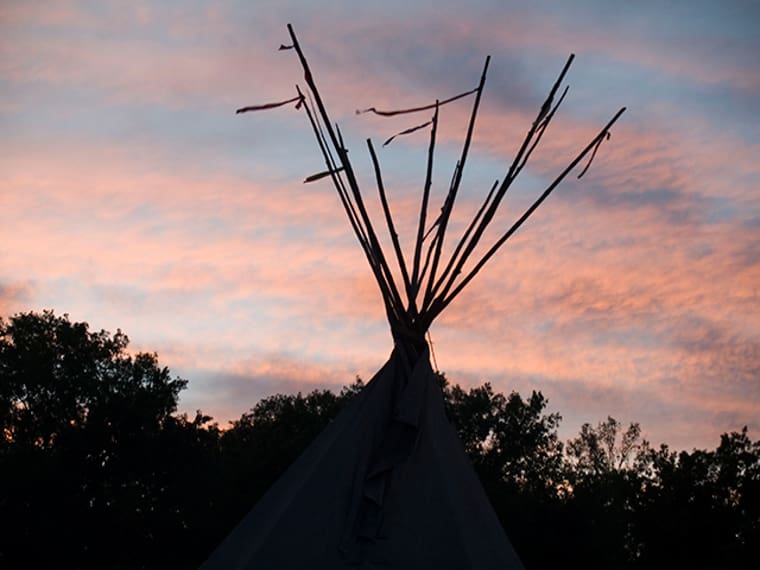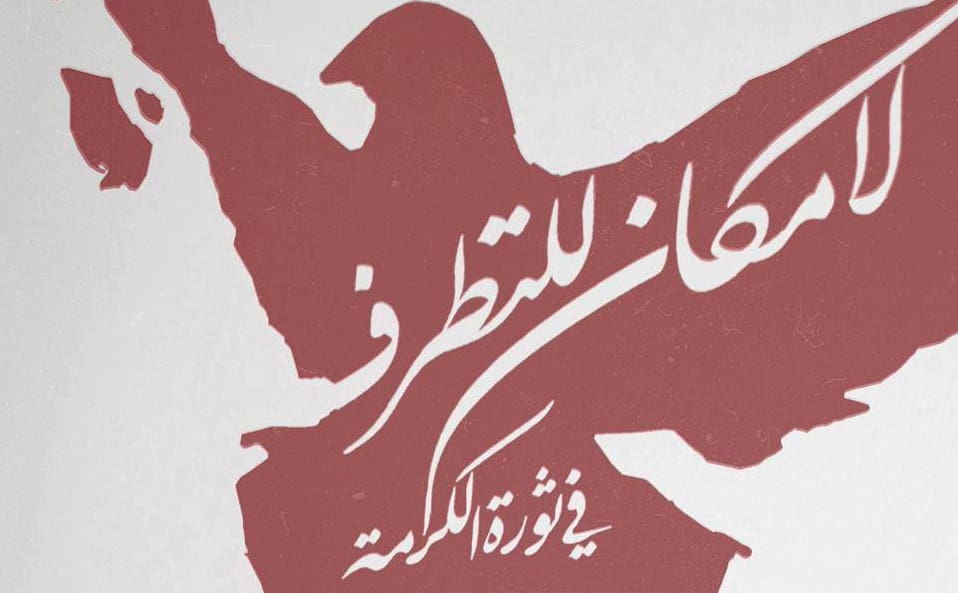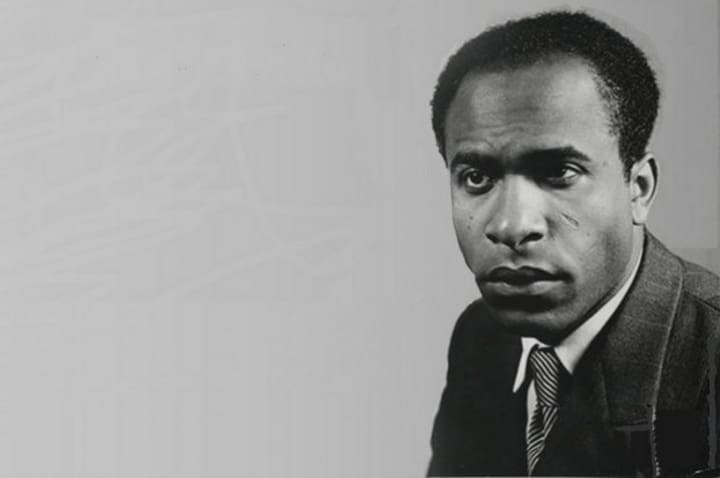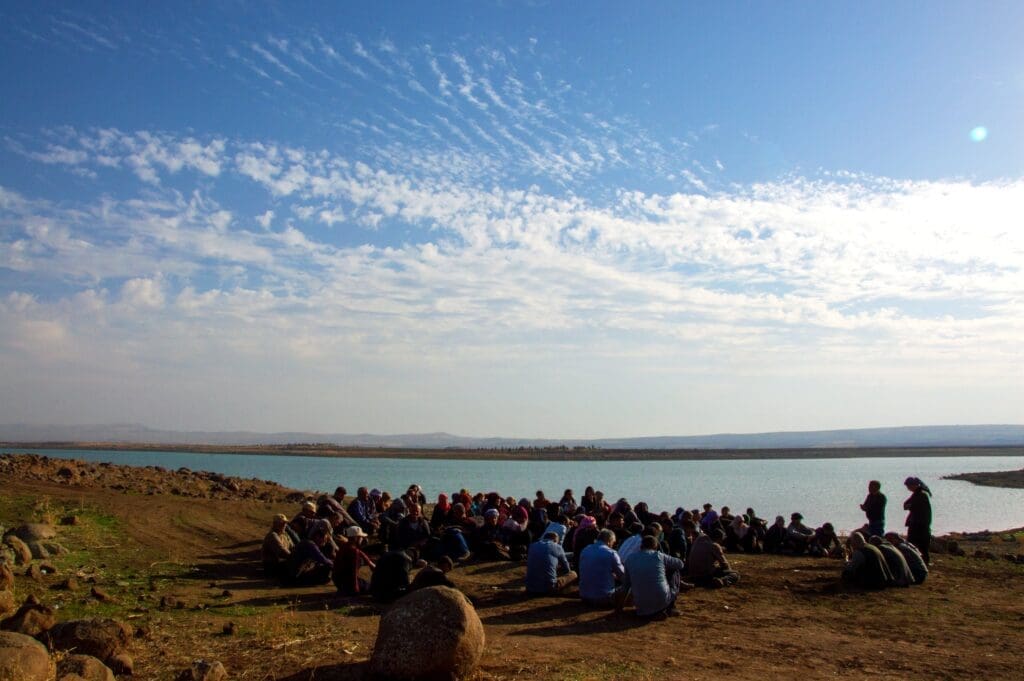by Antidote’s Ed Sutton
Our writers collective has only existed informally for a couple of years, and has only been publishing for a few months. Members of the Antidote Writers Collective are still in the process of introducing ourselves to you. As our regular readers have likely noticed, the relatively few instances where Antidote’s curators weigh in with our own writing, so far, have been largely devoted to expository essays examining our own philosophical ‘upbringings.’ As they continue to trickle out, we hope these reflections on our own experiences of radicalization will help give some approximate shape and timbre to the eZine as a whole.
Continuing this exercise, it is my pleasure to reminisce a little about my home town.
First, however, a caveat is in order. I haven’t lived in Minneapolis—or even hung around there for any significant length of time—since leaving in the fall of 1999. Indeed, I was already gone, away at school, when the 16-month land occupation known as the Minnehaha Free State (MFS) met its bitter end in the final weeks of the 20th century. The stories I will be presenting in a series of posts over the coming months, about this significant but little-known manifestation of people power out in the city parklands near the confluence of the Mississippi and Minnesota rivers, are mostly not my own.
The encampment was established by a loose but increasingly well-organized coalition of (very broadly speaking) hippies, punks, Indians, and area residents in order to protect an ancient oak savannah, a spring, and land sacred to the Mendota Mdewakanton Dakota from encroaching development. I cannot claim to have been an active participant there, but was rather an intermittent and sympathetic observer. I could use the excuse that, well, I was in high school at the time, with other teenagerly fish to fry…except so were friends of mine that lived and struggled every day at the Free State.
It is out of respect for them that this 15-year commemoration series will consist mainly of reflections from people who actually spent shivering sub-zero nights in the Starlodge, did tree sits, tended the Sacred Fire, cooked and shared and marched and played—people who lived Taku Wakan Tipi (the Dakota name for the MFS site, meaning ‘dwelling place of the gods’) and, in many cases, have never stopped doing so.
After the final eviction of the camp, the felling of the Four Oaks (and all the rest of them, too), and the re-routing of Minnesota State Highway 55 through a documented Dakota burial site, one of these people spent several years compiling testimony from her comrades and sifting through reams of newspaper articles and government records; in 2006 Elli King released a people’s history of the MFS called Listen. In a way, this series is an attempt to honor her work on that book, an invaluable document, and to carry it forward by bringing the story of Taku Wakan Tipi to a global audience and placing it in the genealogy of social movements and occupations that have happened since.
I have recently stumbled across further attempts by other participants at the MFS to document the occupation and explain its significance, either within the context of the then-gestating alter-globalization movement (the Battle in Seattle, it should be noted, happened during the final months of the Taku Wakan Tipi occupation, and several MFS activists made the trip) or in their own lives. In 2009, a documentary film about the encampment, by participant Ann Follett, was screened at Minneapolis’s most prominent art museum. And just this year a modest but intimate blog describing the radicalizing experience was launched by a woman who went by the name Justice in camp (Elli’s camp name was Freedom).
For my part, I have shared the MFS example occasionally in the context of my own activism. In 2011, I found myself reaching back to 1999 and reaching out to old MFS activist friends for advice on winterizing a protest camp (among other things) in the early days of Occupy Zürich. I referenced the MFSers’ hardiness and ingenuity in several irritating pep-talks when morale appeared to be flagging at General Assemblies back then, and the resulting questions and conversations about those ‘good old days’ prompted me to read aloud excerpts of Listen at a spontaneous theater performance in Zürich on the theme of occupation and revolution.
It struck me then as now how little is known and appreciated about the Taku Wakan Tipi occupation, which after all resulted in the largest police action in Minnesota state history and could be interpreted as a precursor to many of the Green Anarchist and First Nations struggles we see gathering steam and drawing fire in the Americas today—not to mention the many forms of right-to-the-city protest “kicking off” all around the world.
I want to be careful not to overstate the encampment’s significance; I certainly don’t mean to imply that the MFS—or even Seattle—had a direct influence on, say, last year’s Gezi Park protests in Turkey or the European Botellón movement, despite common threads being evident. It is rather my intention to tug on the MFS-end of a few such threads—i.e. catch up with a few old MFSers—and see where they truly lead. As Rebecca Solnit has pointed out many times, it is through these tiny threads of peoples’ own lives and experiences that movements live.
In my own case, the thread starting at MFS led me to and through several subsequent movements—encountering tons of fascinating, aggravating people along the way, each following threads of their own—to where I’m sitting now: in my living room after a long day at work, trying to assess, in my rambling way, where we’re at, where we’ve been and perhaps where we’re headed.
What about Freedom?
What about Justice?
Good questions. Freedom has been living off the grid for a decade. Justice appears, unfortunately, to have abandoned her blog. But their voices will certainly be among those featured in the coming series, and they will not be the only two. At any rate: to borrow yet again from Rebecca Solnit’s syntax: the battle of the story of Taku Wakan Tipi will continue here on Antidote’s pages over the next six months, roughly following events at the encampment through the summer, fall, and winter of 1999.
Coming up: Summer. Accounts from three Minnehaha Free State activists on how they came to the encampment—just as the already months-long standoff with state authorities was intensifying—and what they did there.
Featured Image via Santa Cruz Indymedia: Dakota Teepee at Sunset (2008), photograph taken at Coldwater Spring, which is adjascent to the former Minnehaha Free State site, i.e. Highway 55, and is still under threat from encroaching development.





